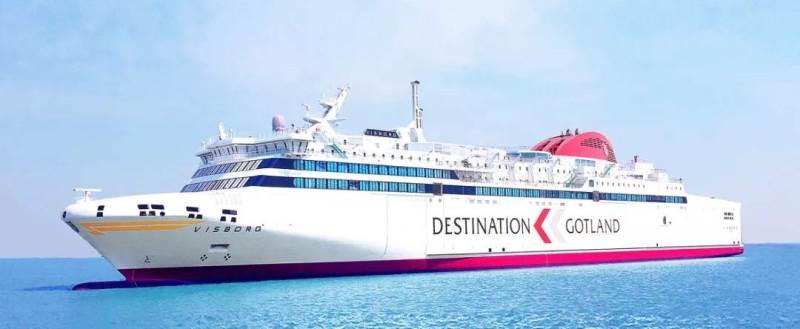
Sweden-based operator Rederiaktiebolaget Gotland has received a new RoPax ferry, named MV Visborg, from Chinese shipbuilder Guangzhou Shipyard International (GSI).
Visborg is the first in a series of two vessels that are expected to be deployed between the island city of Visby in Gotland, and the ports of Nynaeshamn and Oscarshamn in Sweden.
Its sister vessel MV Thjelvar is scheduled to undergo the first trial at the beginning of next year and is anticipated to be delivered during the course of the same year.
OSK Group is involved in the development and designing of the 200m-long dual fuel ferry, which has a service speed of 28.5k.
OSK Group acted as a consulting naval architect for Rederiaktiebolaget during concept and contract designs of Visborg. The company provided basic naval architectural, interior and exterior design to GSI.
OSK Group CCO Anders Ørgård said: “This vessel represents more than four years of very hard work and also the strategic development of OSK.
“We have been involved in many details of this vessel ensuring an energy-optimised vessel with high-standard interiors and, at the same time, assisting GSI, setting new standards in Chinese shipbuilding.
“Parallel to the building of Gotland’s Visborg and Thjelvar, we have established a joint venture together with GSI. The JV SinoDane (Guangzhou SinoDane Ship Design) was created to ensure high-quality RoPax tonnage based on Danish design and international standards.”
Visborg features a deadweight capacity of around 4,800t. It is designed to accommodate nearly 1,650 passengers and offers 1,750 trailer lane meters of space.
With the ability to operate on liquefied natural gas (LNG), the vessel is expected to reduce fuel consumption as well as emissions of carbon dioxide (CO2), nitrogen oxide (NOx) and sulphur oxides (SOx).



